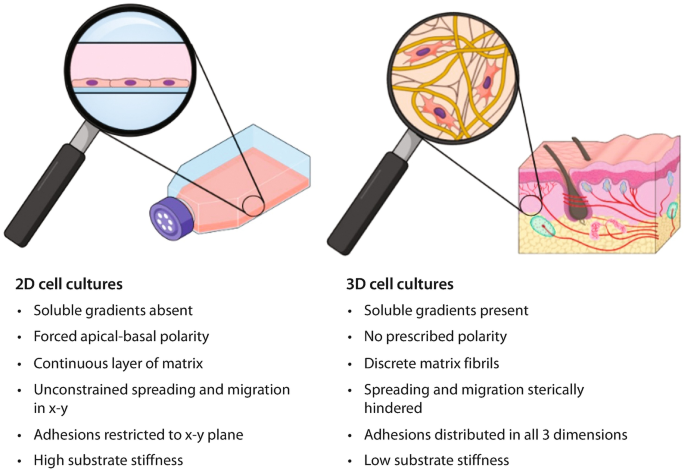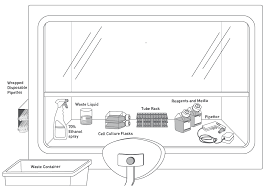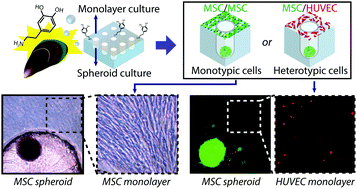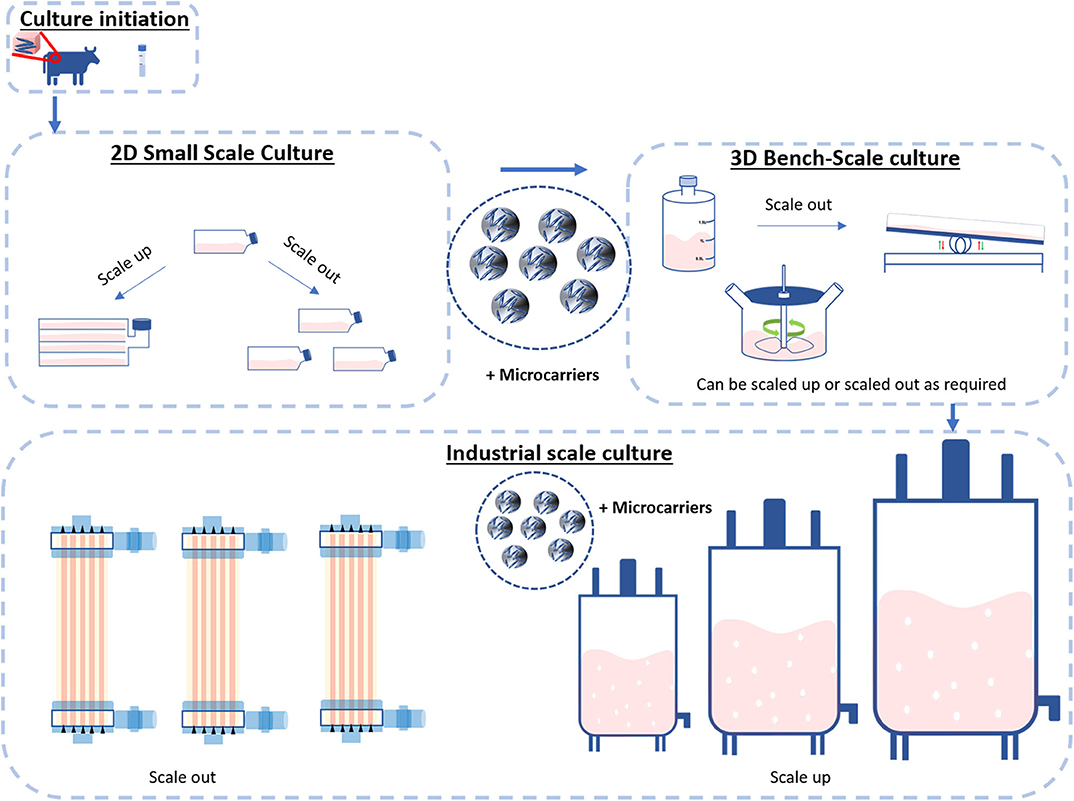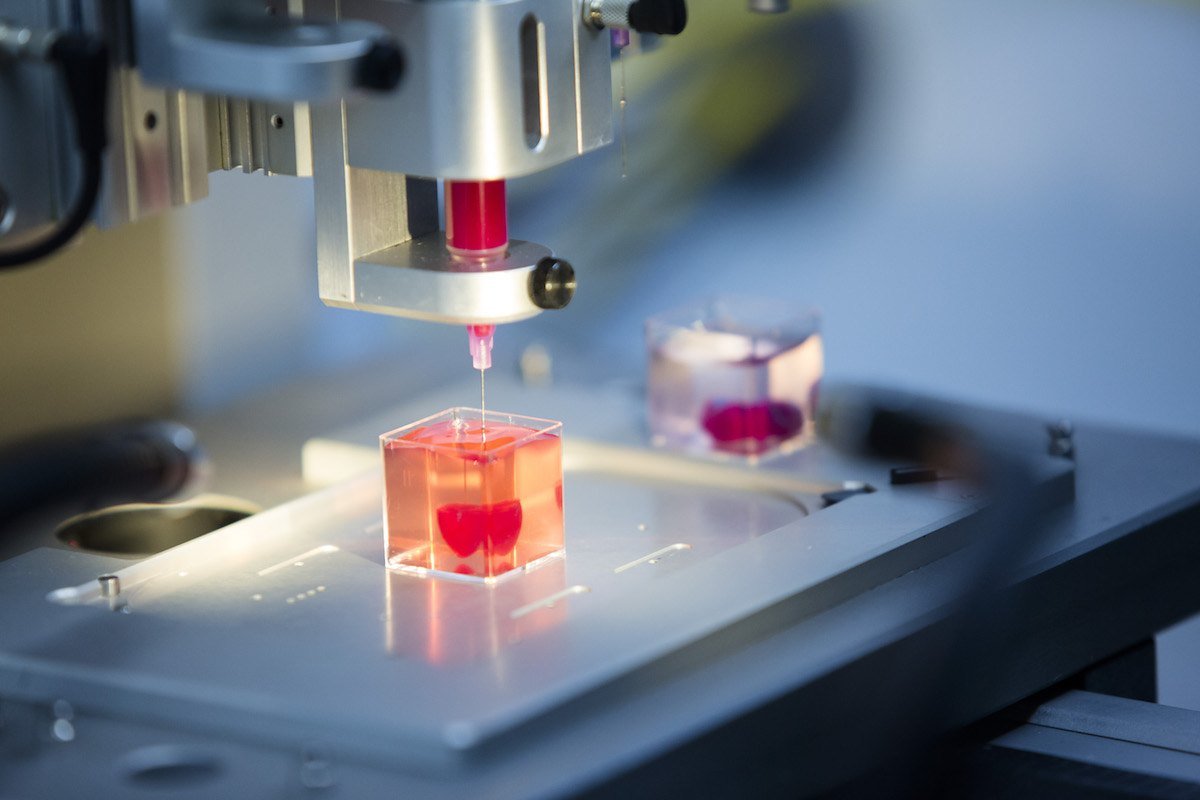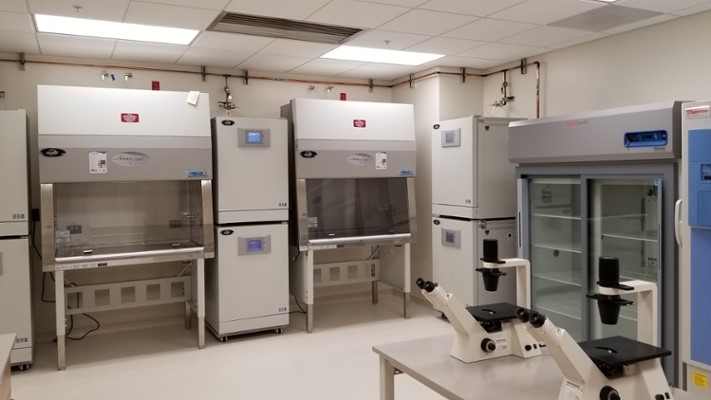Modeling Infectious Diseases In 3D Human Organoids
Organoids are 3D complex cluster of cells, derived from either stem cells or organ specific progenitors. When these cells are provided with an external scaffold like Matrigel, they form a complex cluster of cells that later differentiate to from a
Is It The Right Time to Advance from 2D – 3D Cell Culture
Since the early 1900s, the two-dimensional (2D) cell culture method is used to culture cells and grow them in favorable artificial conditions (1) thereby playing a vital role in biomedical research (2). In line with the limitations of 2D cell
Cancer spheroids in drug screening
Spheroids are three-dimensional structures that can be used as 3D cell culture models. It has been extensively shown that they mimic both architectural and structural property of human tissues. Spheroids play an increasingly crucial role in the context of drug
Cell culture hood
Major requirement of a cell culture laboratory is the need to maintain an aseptic work area that is restricted to cell culture work. The simplest and most economical way to provide aseptic conditions is to use a cell culture hood.
Cell cultures – Monolayers to spheroids
Cells have been cultured since the 1940s and are generally used to investigate cell biology and molecular mechanism. Cells are taken directly from a tissue and after suitable preparation, transferred into an artificial environment. Cultures are kept in special dishes
Bridging The Gap Between Three-Dimensional Cultures and Animal Models
Animal models for specific diseases require a pre-existing insight into whether it’s the causative or a genetic condition. They are created by applying harmful conditions to animals or by manipulating the genes involved for a particular disorder respectively, whereas three
In vitro cell culture techniques: Adherent culture Vs. Suspension culture
The wide ranges of in vitro culturing techniques presently employed are divided into two main categories namely, adherent cell culture and suspension culture. Adherent cell culture involves cultivating cells as monolayers on an artificial substrate. Suspension culture involves culturing cells
Bridging The Gap Between Three-Dimensional Cultures and Animal Models
Animal models for specific diseases require a pre-existing insight into whether it’s the causative or a genetic condition. They are created by applying harmful conditions to animals or by manipulating the genes involved for a particular disorder respectively, whereas three
3D BIOPRINTING – A NEW ERA OF CELL CULTURES
Progress in 3D cell culture technology has created the possibility of tissue engineering development and enhanced progression in regenerative medicine. At first, tissue-engineered cartilage was developed in the nineties followed by the development of 3D printing in 2013, the ear
SET UP YOUR OWN CELL CULTURE LABORATORY
The continuous culture of eukaryotic cells has become a main-focused technique in several fields- biological, biochemical, and biomedical research. Cell culture needs a commitment of energy and resources to be undertaken in a professional manner. There is an ongoing need



